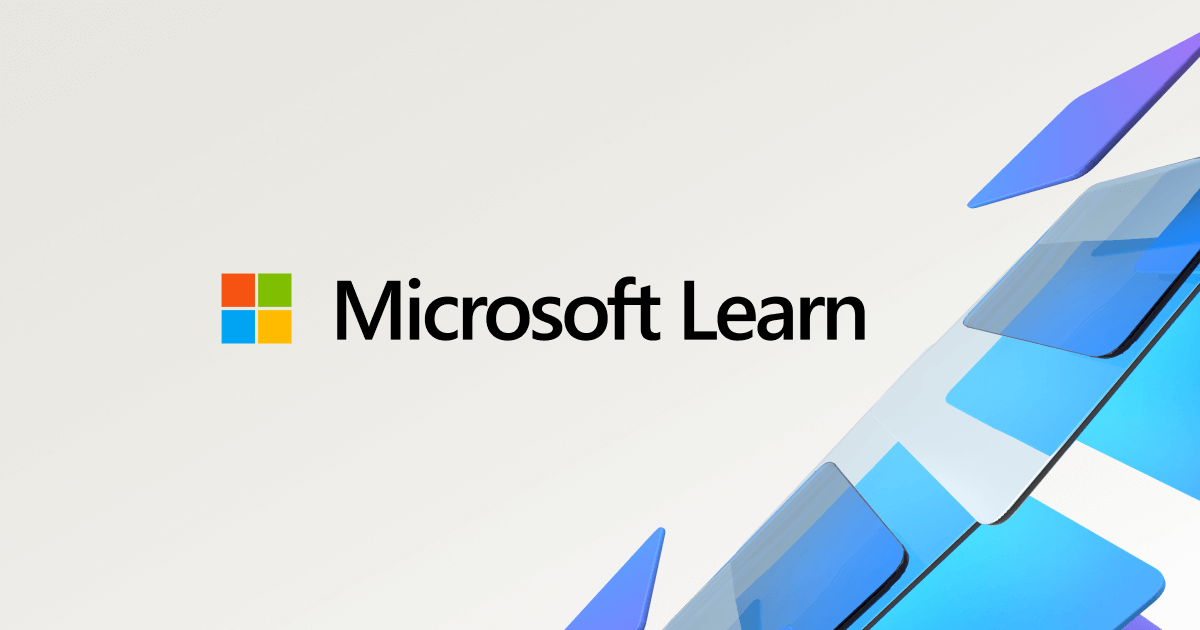well, I've a laptop, it's a Lenovo V15-IIL.
I updated to windows 11 22h2, so I had changed my BIOS settings from Legacy to UEFI. But the Fast Boot is ALWAYS ON, if I turn off the fast boot, it turns on.
I'm saving the bios settings.
And yes, I turned off the Windows Fast Startup.
I updated to windows 11 22h2, so I had changed my BIOS settings from Legacy to UEFI. But the Fast Boot is ALWAYS ON, if I turn off the fast boot, it turns on.
I'm saving the bios settings.
And yes, I turned off the Windows Fast Startup.


